Calligraphy: past and present
Calligraphy is a type of visual art. It is often called the art of fancy lettering. A contemporary definition of calligraphic practice is “the art of giving form to signs in an expressive, harmonious and skillful manner”. The story of writing is one of aesthetic evolution framed within the technical skills, transmission speed and material limitations of a person, time and place.
Calligraphy is commonly created with a pen and/or a brush dipped in black ink. The appearance of ink brushed on parchment is universally aesthetically pleasing. It has a basic, natural feel, and is soothing to look at. The combination of rough and smooth edges where brush strokes start and end create a naturalistic look and accentuate the simplicity of the piece. In addition, the angled brush strokes can make the lettering come alive, lending a feeling of flow and motion to static images. Looking at calligraphy, one can almost see the brush touching the paper in their mind.
The word “calligraphy” comes from the Greek words “kallos” (beautiful) and “graphe” (to write). Before the invention of the printing press, books were hand lettered by skilled scribes who used quills and ink to write out the text on vellum or parchment paper. Today, calligraphy continues to fascinate people of all ages. Even though modern technology has made computer fonts readily available in any style you can imagine, hand lettered text has a charm of its own.
In this post we will feature a set of excellent and gorgeous examples of calligraphy. This showcase includes pieces that have been created by hand as well as some that have been created digitally to replicate the look of calligraphy. Enjoy!
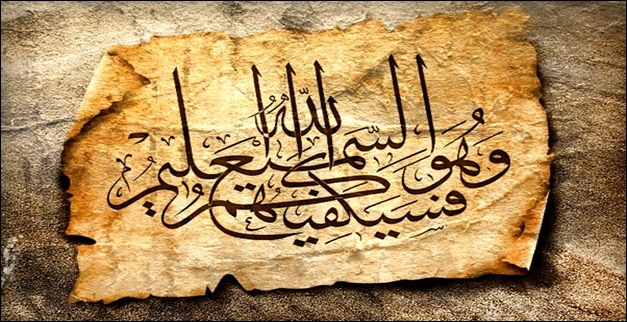 Mashallah
Mashallah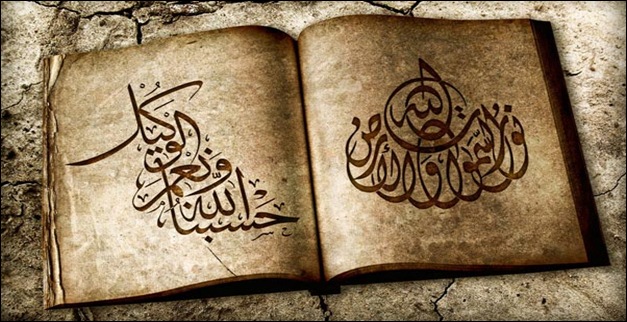 Subhanallah
Subhanallah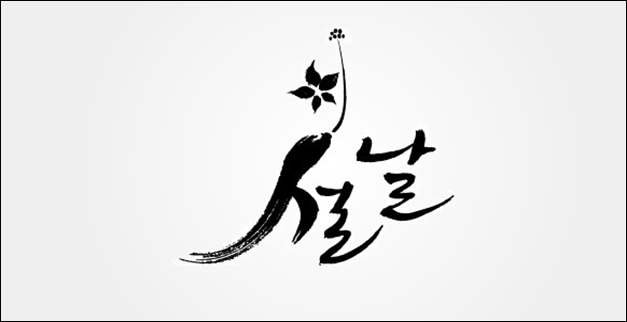 Korean calligraphy
Korean calligraphy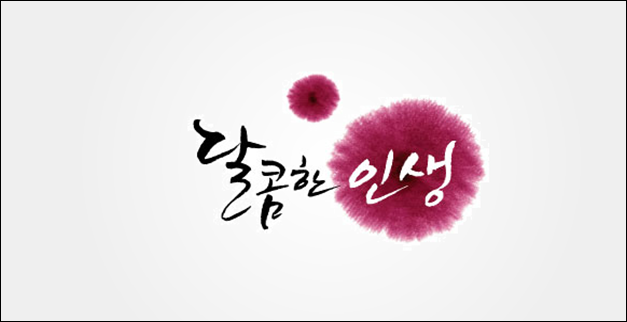 Korean calligraphy 2
Korean calligraphy 2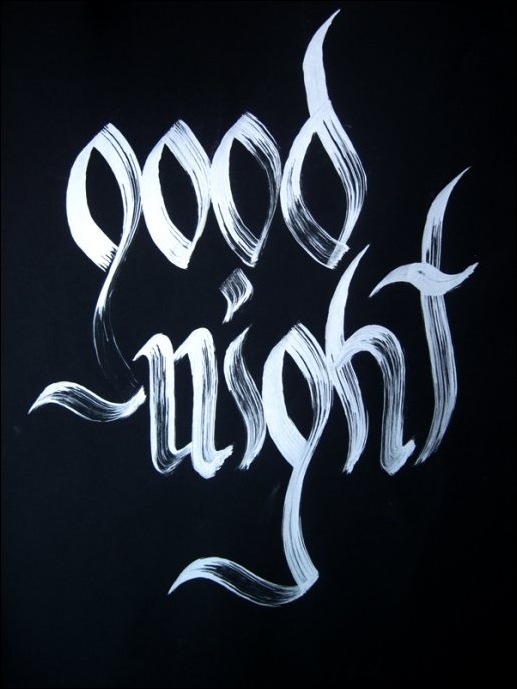 Good night!
Good night!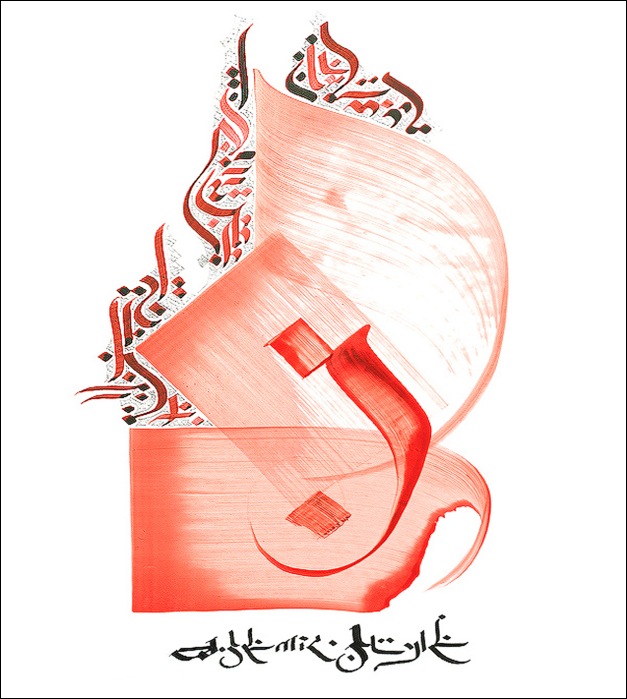 Arabic style
Arabic style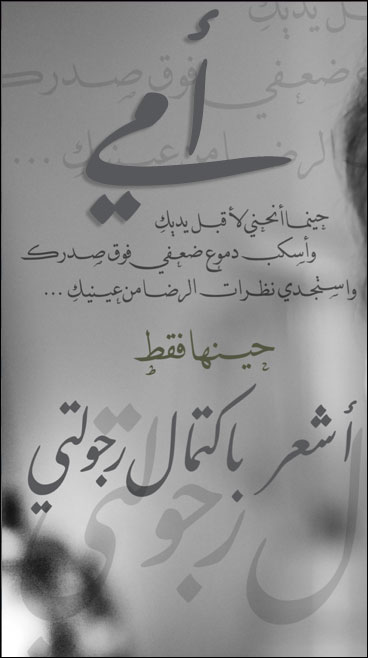 Mother
Mother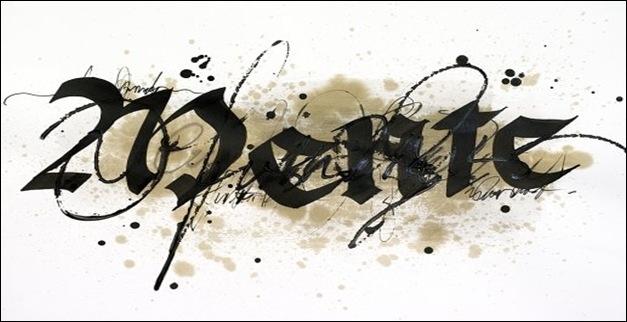 Mente
Mente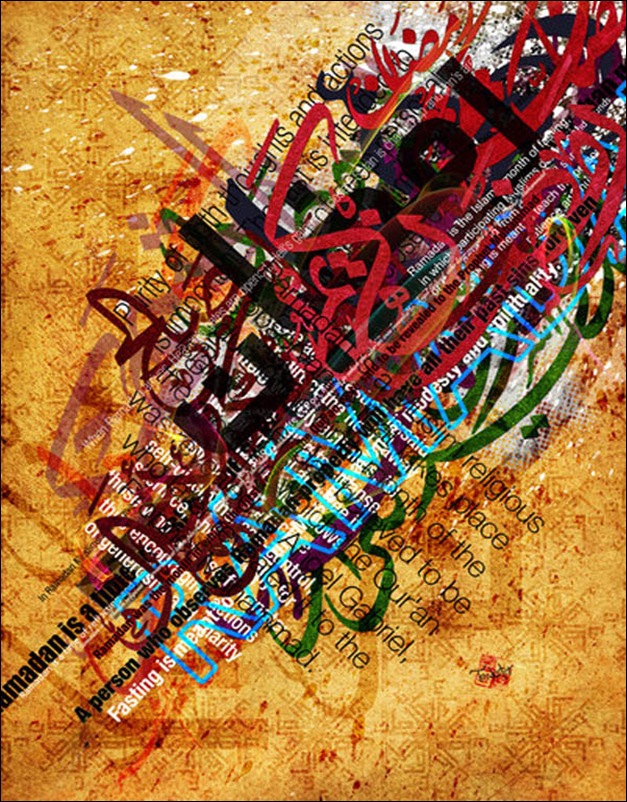 Ramadan
Ramadan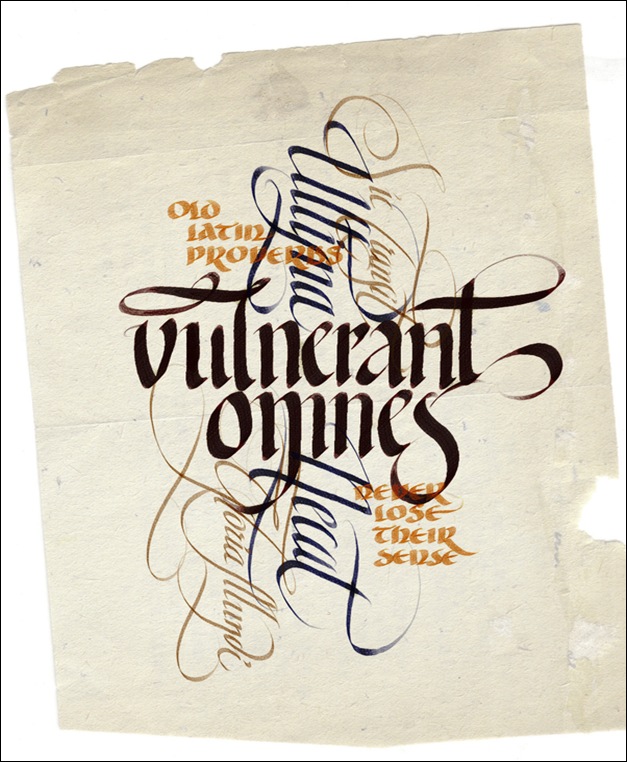 Vulnerant omnes
Vulnerant omnes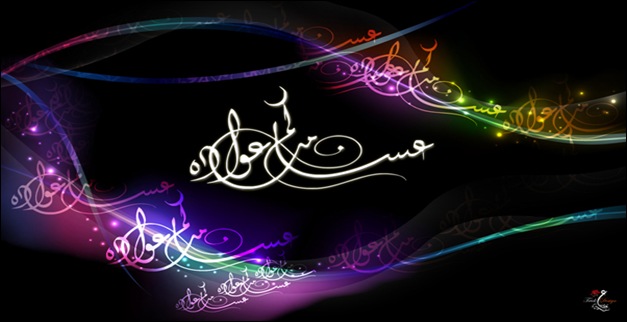 Eid al-Fitr
Eid al-Fitr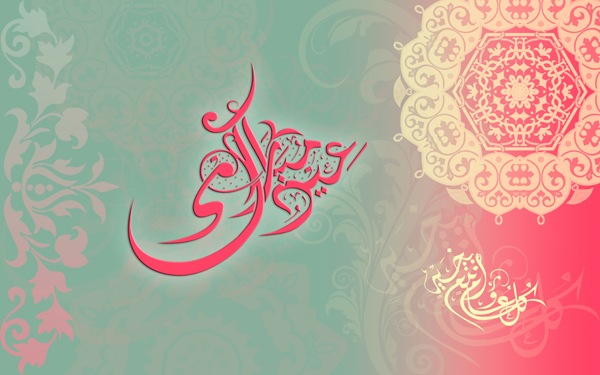 Eid card
Eid card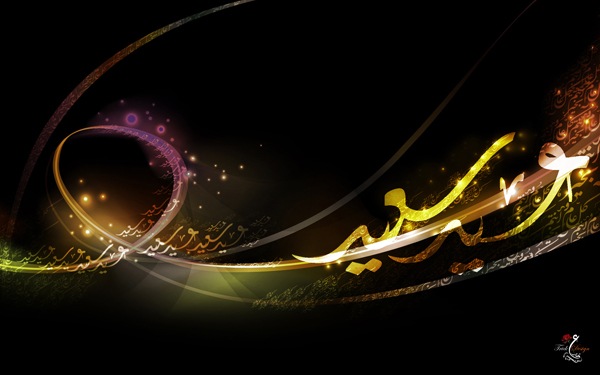 Eid card 2
Eid card 2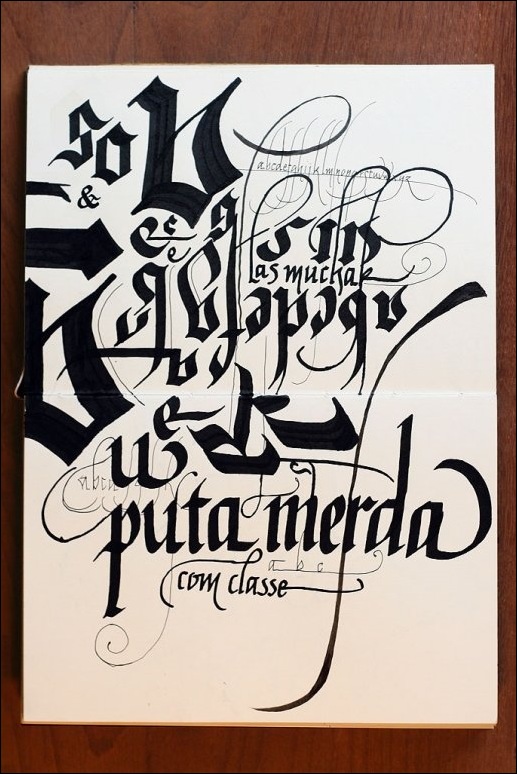 Puta merda
Puta merda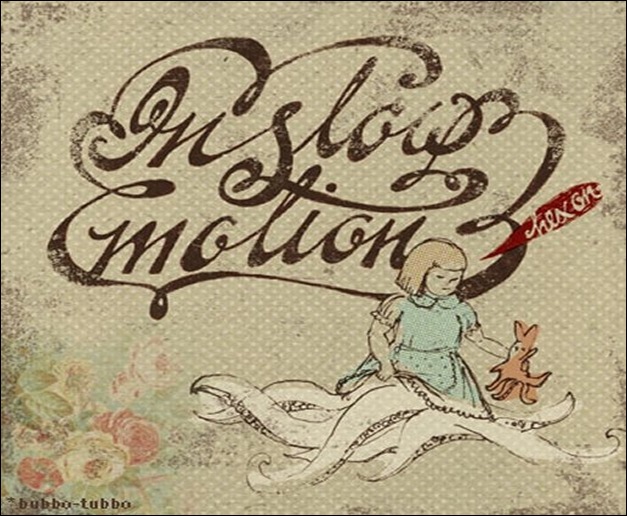 Album cover
Album cover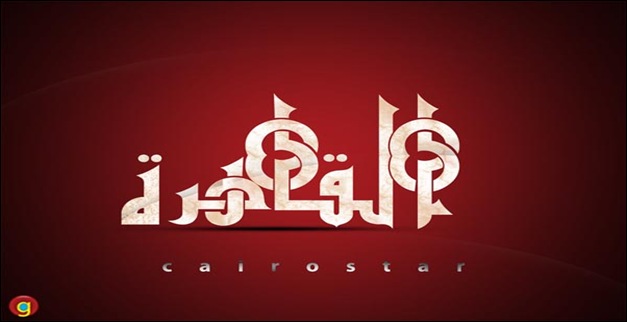 Cairo
Cairo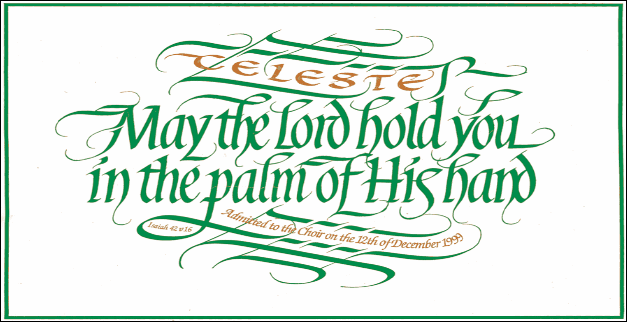 Celeste
Celeste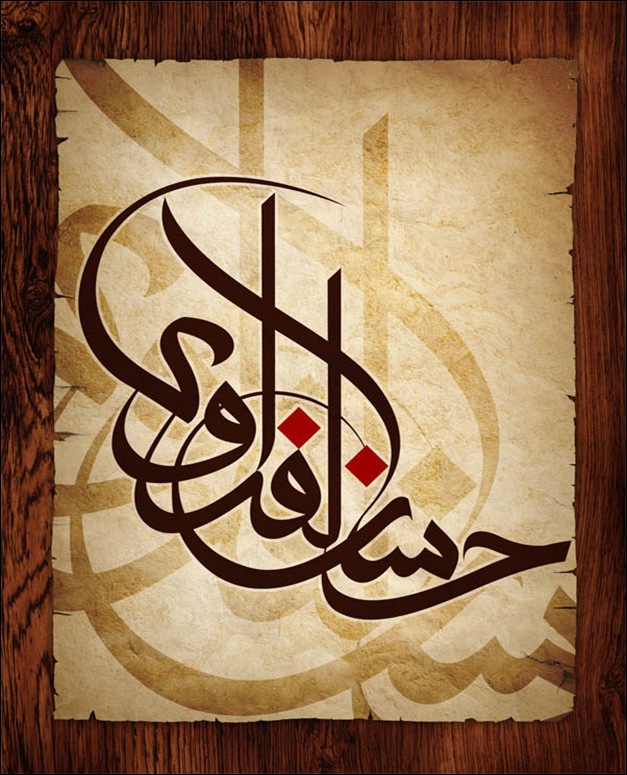 Dr. Fedawy
Dr. Fedawy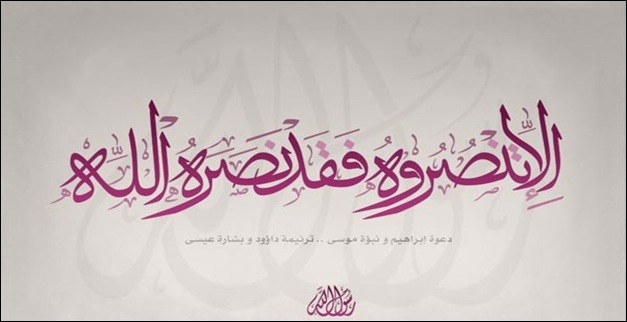 Rasul Allah
Rasul Allah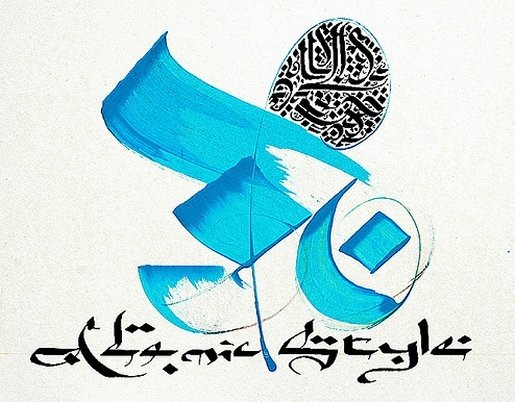 Style
Style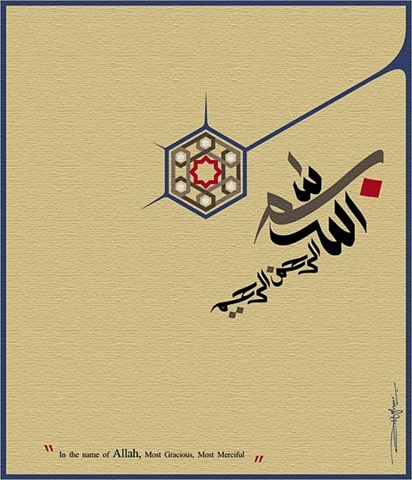 In the name of Allah
In the name of Allah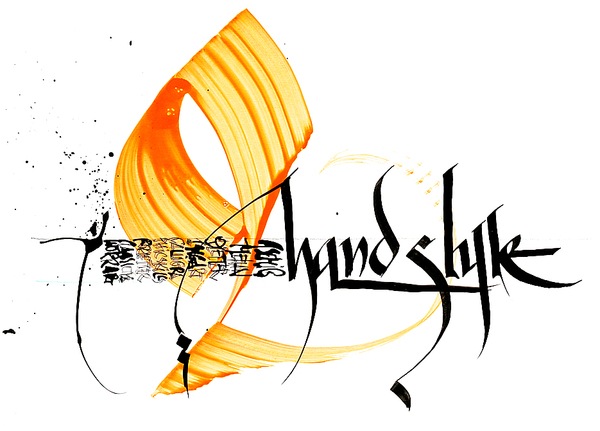 Handshake
Handshake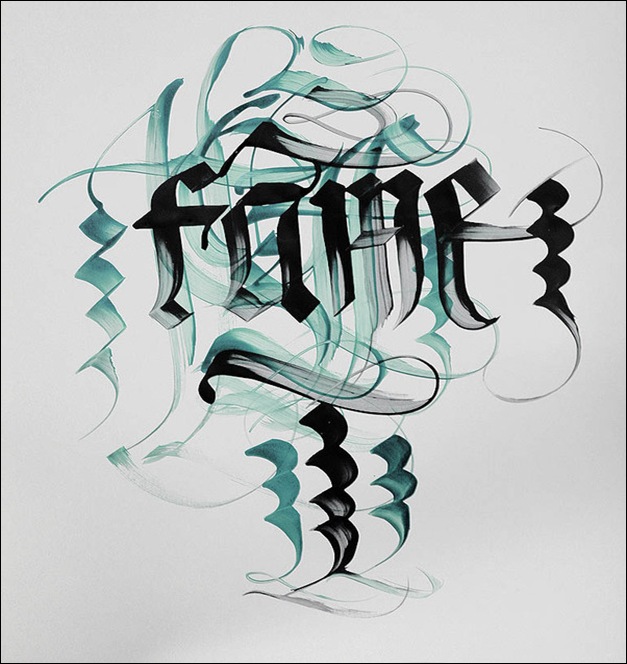 Fame (Jordan Jelev)
Fame (Jordan Jelev)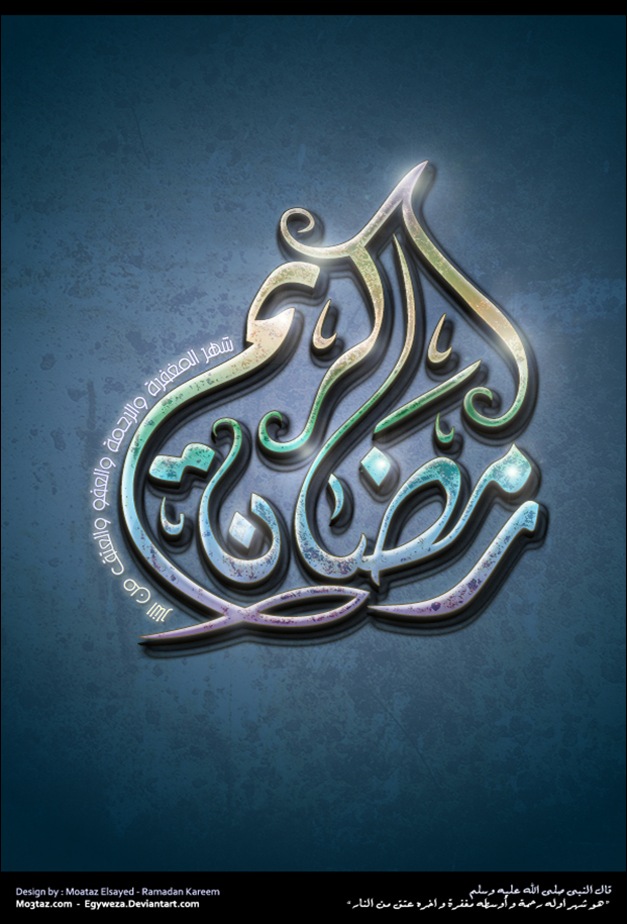 Ramadan Kareem
Ramadan Kareem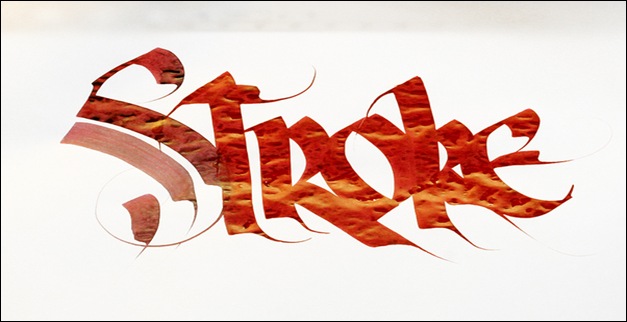 Stroke
Stroke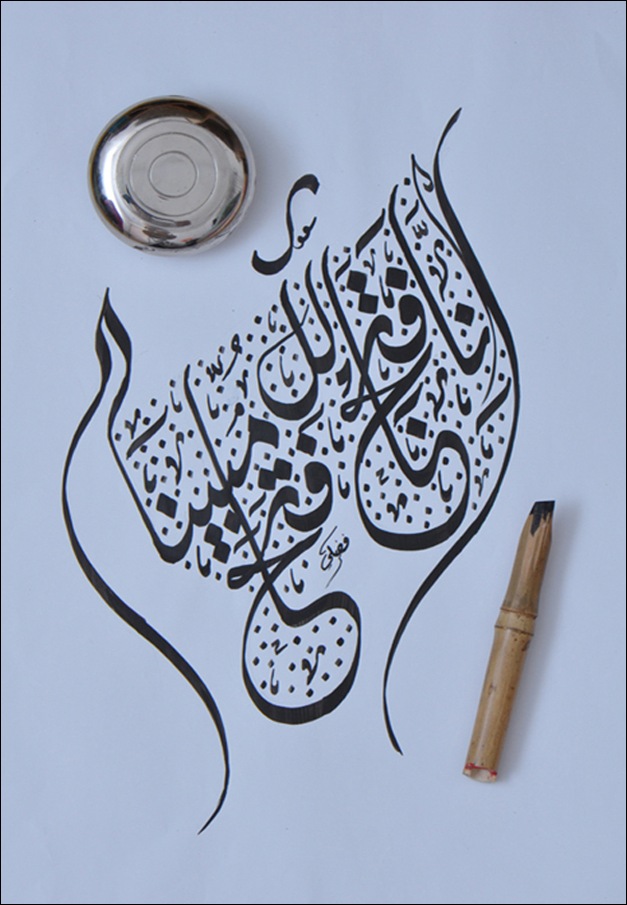 Diwani Jali
Diwani Jali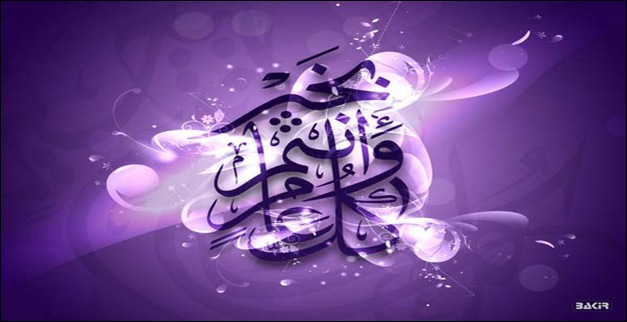 Happy edi
Happy ediSource: Tripwire Magazine